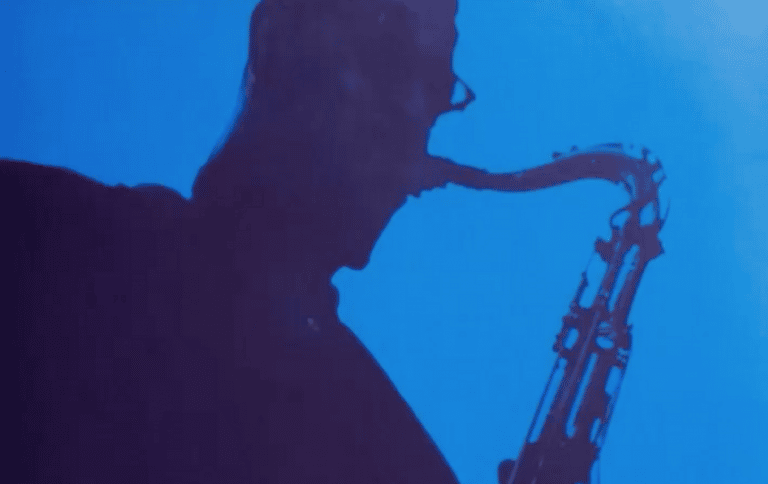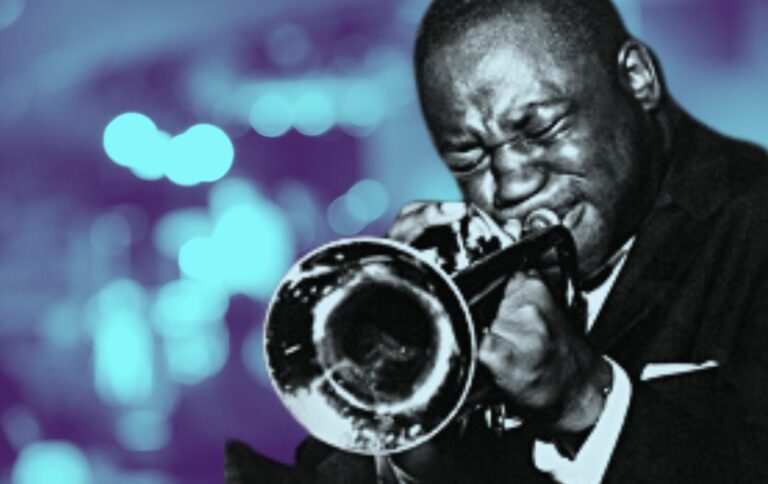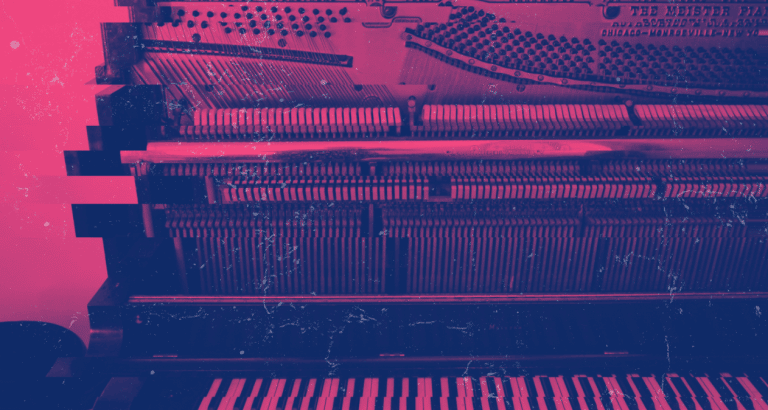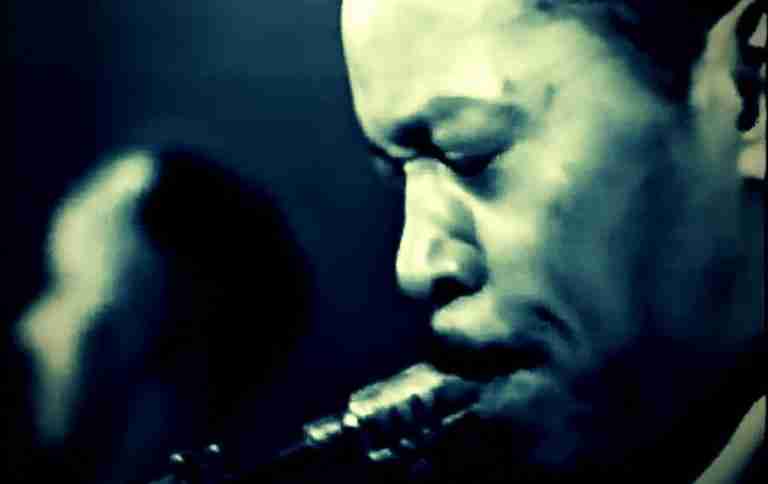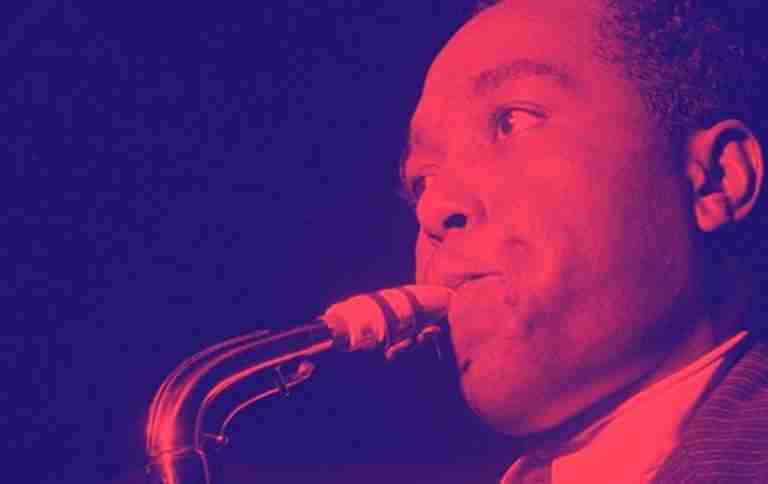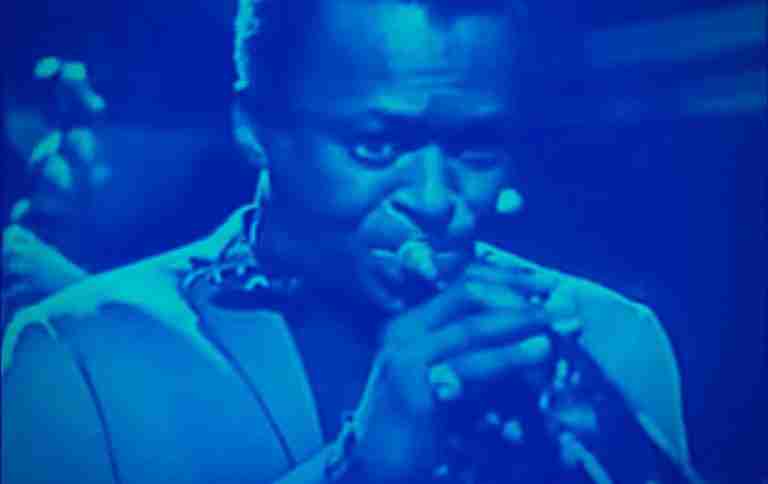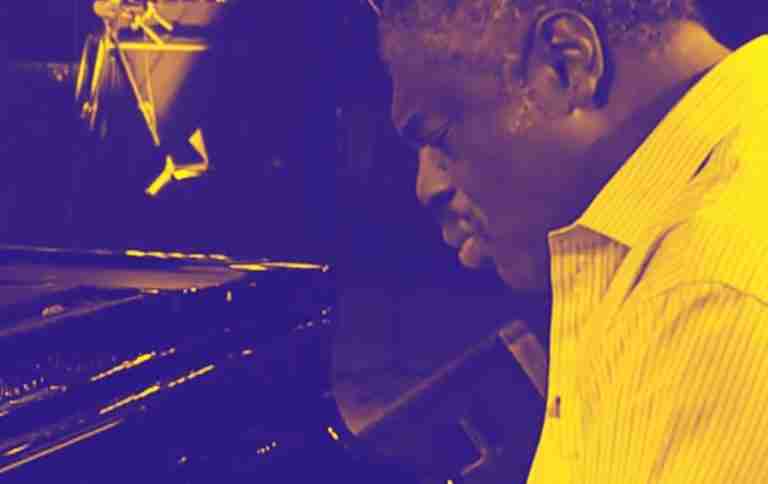The Sonny Rollins II-V Workbook: 8 Exercises from Pent-Up House [PDF] (Premium)
By
Jazz Advice and Tips, Jazz Musicians, Premium Only, Transcribing
Sonny Rollins is one of those rare musical masters that seems to have it all figured out when it comes to improvisation. And if you’re a musician that’s been searching for the missing answers to improve your solos on the jazz repertoire, he’s the perfect player to study. …especially if you’re trying to develop your …
